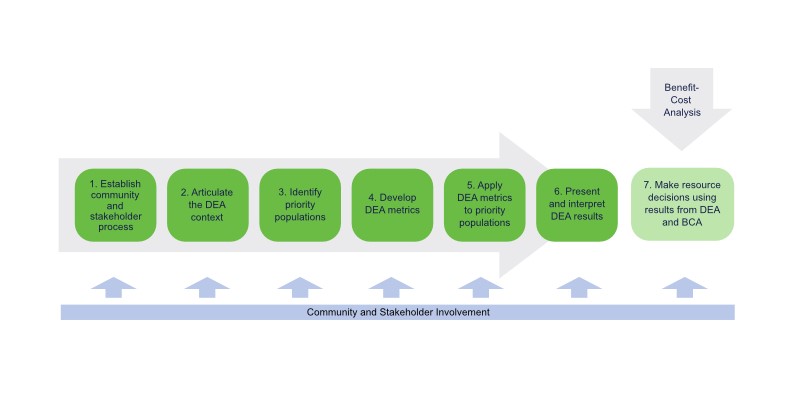A New Guide Paves the Way for Assessing Distributional Equity of Distributed Energy Resources
Our energy system causes disproportionate social, health, and economic burdens on the customers it serves. In fact, low-income communities, communities of color, indigenous people, and rural customers often experience the highest costs and lowest benefits. Many states are seeking to implement policies to consider and try to correct inequitable energy-related costs and benefits. However, the benefit-cost analysis that (BCA) decision-makers currently rely on to evaluate potential investments to understand investment impacts on customers doesn’t account for equity disparities.
Synapse Energy Economics, in collaboration with E4TheFuture and Lawrence Berkeley National Laboratory, developed guidance to help regulators, utilities, and other stakeholders understand how investments in distributed energy resources (DERs) will affect some customers differently than others using distributional equity analysis (DEA). This DEA guidance document, titled Distributional Equity Analysis for Energy Efficiency and Other Distributed Energy Resources: A Practical Guide , incorporates extensive input from a diverse advisory committee and was recently released by the U.S. Department of Energy.
DEA clarifies impacts on distributional equity, which is only one of four dimensions of equity – restorative, distributional, structural, and procedural. Quantifying and recognizing these impacts for DERs distributed energy resources does not address the entire picture of energy equity but represents a critical step for many jurisdictions.
This guide lays out steps for defining priority populations (the set of electric or gas utility customers who warrant additional attention to address equity concerns, consistent with the
jurisdiction’s energy equity policy and with stakeholder input). It also describes how to identify key metrics to evaluate distributional equity, leverage different data and analytical tools, and implement decision-making techniques using quantitative and qualitative strategies.
The DEA process requires several steps:
1. Establish stakeholder process
2. Articulate the DEA context
3. Identify priority populations.
4. Develop DEA metrics.
5. Apply DEA metrics to priority populations.
6. Present and interpret DEA results
7. Make decisions using DEA and BCA benefit-cost analysis results.

This DEA guidance document serves as a companion document to the National Standard Practice Manual for Distributed Energy Resources.
The DEA guidance document can be downloaded here.
Questions or comments on the DEA guidance document can be directed to Tim Woolf and Alice Napoleon, lead authors of the DEA Guide, at: twoolf@synapse-energy.com and anapoleon@synapse-energy.com.